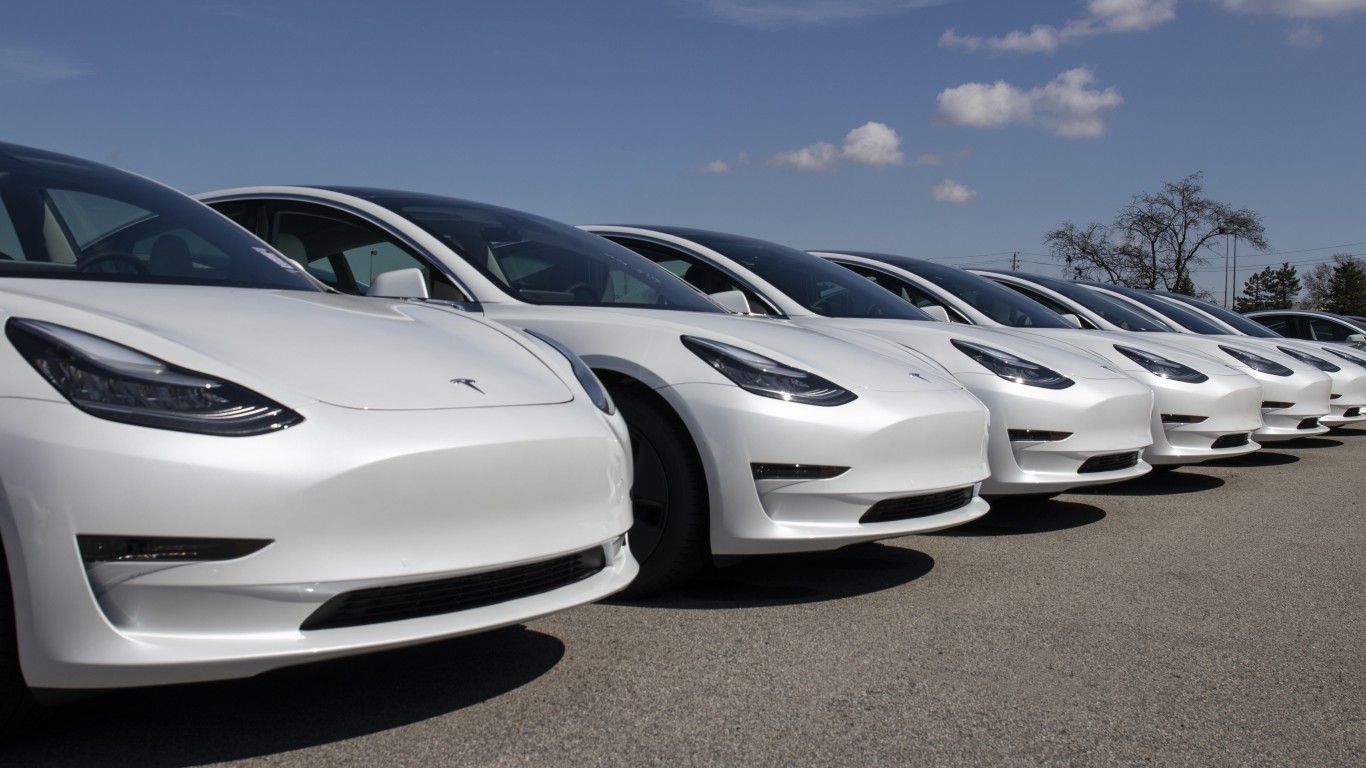
The automobile is at once a symbol of American ingenuity and personal freedom as well as an indispensable tool for tens of millions of Americans. When it comes to choosing the right car, American consumers can be picky. Subject to ever-changing market forces, major automakers — both foreign and domestic — are often forced to retire certain models, even those that were once immensely popular.
To determine America’s 10 disappearing car brands, 24/7 Wall St. reviewed discontinued vehicle models retired in 2016 provided by automotive research company Kelley Blue Book.
Most of the vehicles on this list — the Dodge Dart, for example — are less than 10 years old, and never succeeded in establishing an adequate market. Others, like the Chrysler Town & Country, have been a familiar sight on American roadways for decades.
Click here to see the 10 disappearing car brands.
In an interview with 24/7 Wall St., Jack Nerad, executive editorial director at Kelley Blue Book, laid out the primary reasons a company might choose to retire a particular model. According to Nerad, each vehicle on this list was likely being neglected by its manufacturer, and was falling victim to changing market conditions.
Simply put, these vehicles were not in high enough demand and not worth the time and money to improve, Nerad said.
Half of the cars on this list are made by American manufacturers. According to Nerad, American automakers are often “more willing to change nameplates or change model names than … imports are.”
American manufacturers may also be more willing to recycle old names. For example, Lincoln pulled the MKS from production last year, promptly replacing it with the Continental — a nameplate that itself was once retired in 2002. Similarly, the Chrysler Town & Country, another vehicle on this list, will be replaced this year by the Pacifica, a name Chrysler last used in 2008.
Of course, American automakers would not be discontinuing models if these vehicles were selling. These companies are not afraid to cut a failing product. “If they have a model [or] model name that is resonating with the public, they’re pretty likely to keep it,” Nerad said.
Perhaps the most notable among the disappearing brands is the termination of the entire Scion brand. A Toyota spinoff, Scion was intended to reach the younger driver market as the Toyota name historically had little appeal with younger drivers. During the brand’s nearly two decade long existence, however, tastes among younger drivers changed.
According to Nerad, Toyota “could not figure out how to make that particular brand live.” He added, “maybe it had just outlived its usefulness.” The sport compact Scion tC retired with the 2016 model year as did the entire Scion brand.
Cars are one of the most expensive purchases most Americans will ever make, and competing for that business is not always easy. For Nerad, the pattern of discontinuing vehicle models reflects the nature of the auto industry. “[This] list indicates just how hotly competitive and how very transitory this industry is.”
To identify America’s disappearing car brands, 24/7 Wall St. reviewed Kelley Blue Book’s list of 10 vehicle models that will not be sold in the U.S. market for the 2017 model year. Sales figures came from corporate press releases as well as The Wall Street Journal’s monthly and year-to-date report on auto sales by manufacturer.
These are the 10 disappearing car brands.
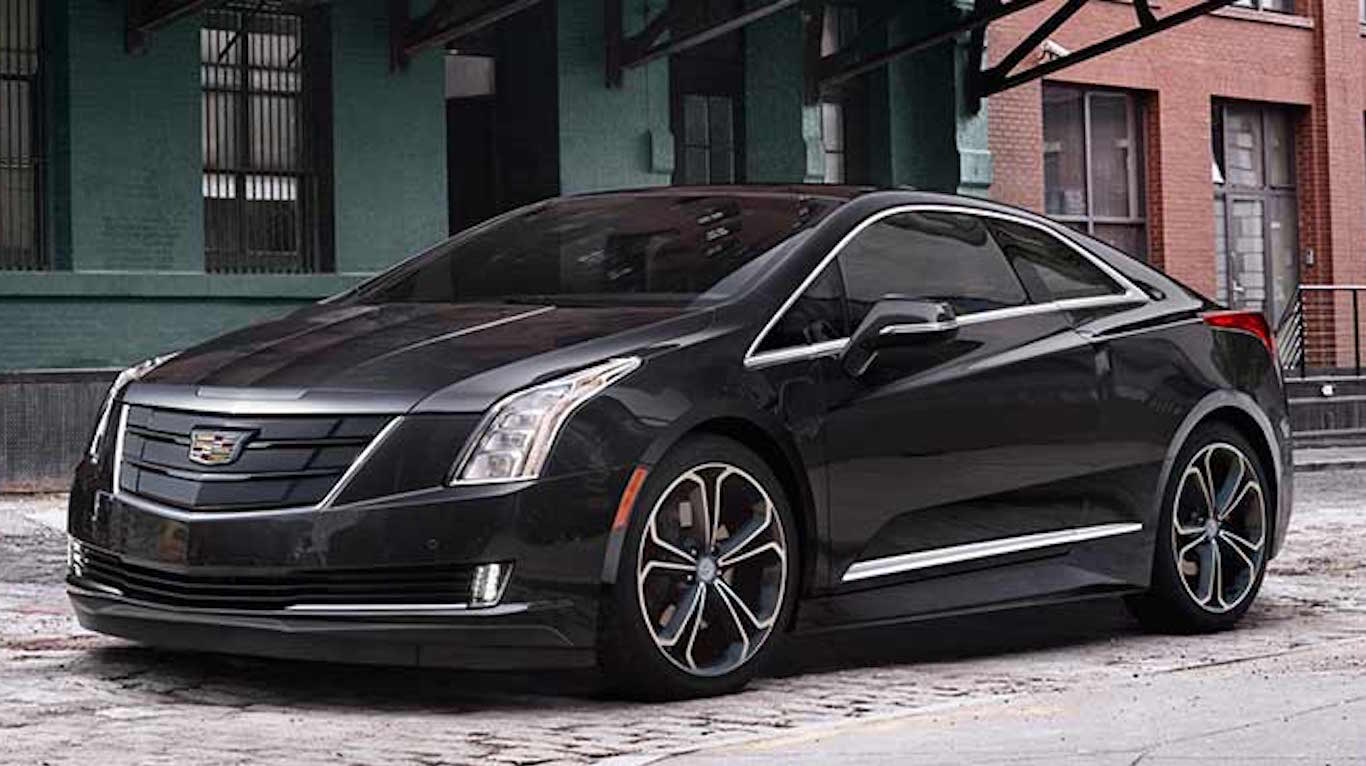
10. Cadillac ELR
> Year introduced: 2014
> 2016 U.S. sales: 534
> Sales change 2015-2016: -47.9%
> Parent company: General Motors Company
For many automakers, electric vehicles will likely comprise an increasingly larger share of their fleet in the coming years. General Motors may be an exception, however, as it was the only automaker to discontinue an electric vehicle in 2016.
After less than three years in production, GM’s Cadillac brand discontinued its plug-in hybrid ELR Coupe. Sales of ELR declined by about 48% between 2015 and 2016, and it was GM’s least popular model in each of those years. The discontinued vehicle is effectively a luxury model of the Chevrolet Volt, which is still in production and available for about half the Cadillac ELR’s $65,000 sticker price.
[in-text-ad]
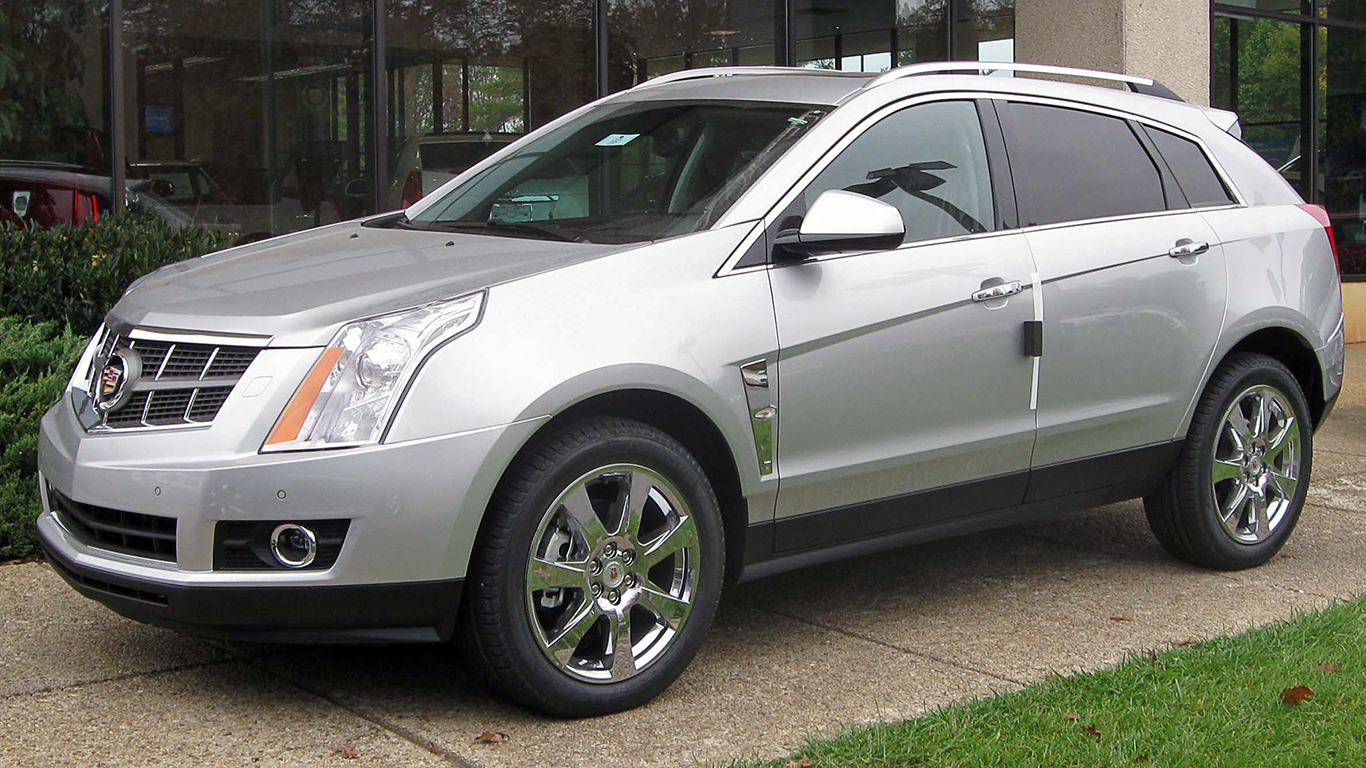
9. Cadillac SRX
> Year introduced: 2004
> 2016 U.S. sales: 22,139
> Sales change 2015-2016: -67.8%
> Parent company: General Motors Company
Cadillac was GM’s worst performing brand in 2016, recording a 10% drop in retail sales from the previous year — and the SRX is one of two models Cadillac will discontinue in 2017. Once the luxury auto brand’s most popular model, SRX sales plunged 67.8% in 2016 compared to the year before, the steepest decline of any vehicle under the General Motors umbrella. A lack of demand for the SRX among American motorists may have been fueled by anticipation for the crossover SUV’s replacement, the XT5. Introduced in 2015, the XT5 was the best-selling Cadillac model in 2016.

8. Chrysler Town & Country
> Year introduced: 1990
> 2016 U.S. sales: 59,071
> Sales change 2015-2016: -39.4%
> Parent company: Fiat Chrysler Automobiles
A popular choice for over 35 years, Chrysler’s Town & Country minivan is the oldest disappearing car brand on this list. Prior to 1990, the GM’s minivan lineup was limited to the Plymouth Voyager and Dodge Caravan models — and until the Town & Country’s introduction, there were no luxury minivans on the market.
Declining in popularity, Town & Country did not sell more than 100,000 units in the U.S. in either of the last two years. The Town & Country was replaced by the all new Pacifica minivan, which borrows its name from a crossover wagon Chrysler produced between 2004 and 2008.

7. Dodge Dart
> Year introduced: 2013
> 2016 U.S. sales: 43,402
> Sales change 2015-2016: -50.6%
> Parent company: Fiat Chrysler Automobiles
The Dodge Dart is one of two Fiat Chrysler models discontinued in 2016. The Dart was designed to compete with popular compact cars such as the Ford Focus, Honda Civic, and Toyota Corolla, each of which reliably sell at least 200,000 units a year. In comparison, Dodge Dart annual sales never exceeded 88,000. Due to its failure to gain traction with American motorists, Dodge discontinued production of the Dart in 2016, adding to a graveyard of discontinued vehicles for the automaker, including the Caliber, the Neon, and the Avenger.
[in-text-ad]

6. Honda CR-Z
> Year introduced: 2011
> 2016 U.S. sales: 2,338
> Sales change 2015-2016: -23.9%
> Parent company: Honda Motor Company
After six years in production, the Honda CR-Z is joining the ranks of recently retired Honda models, including the Crosstour and the Element. The hybrid, two-seat CR-Z was a compromise between fuel efficiency and sporty performance that failed to catch on with American motorists.
Honda makes some of the most popular vehicles in the United States, including the Accord, the Civic, and the CR-V, which each sold more than 300,000 units in 2016. Meanwhile, Honda was only ably to sell 2,338 units of the CR-Z last year.

5. Hyundai Equus
> Year introduced: 2011
> 2016 U.S. sales: 1,361
> Sales change 2015-2016: -41.6%
> Parent company: Hyundai Motor Company
The Equus has been Hyundai’s least popular model by a wide margin in the last two years. While the Korean automaker has had considerable success in the U.S. market with its Elantra and Sonata models, each selling over 400,000 units over the last two years, the company has sold less than 4,000 Equus over the same time period.
Low demand for the vehicle may be the result of its high price tag. While the starting MSRPs for many of Hyundai’s most popular models are below $22,000, the 2016 Equus came with a sticker price of $61,500. While the Equus was favorably reviewed for its luxury components, it was lacking in certain aspects of performance, compared to its high-end European competitors.
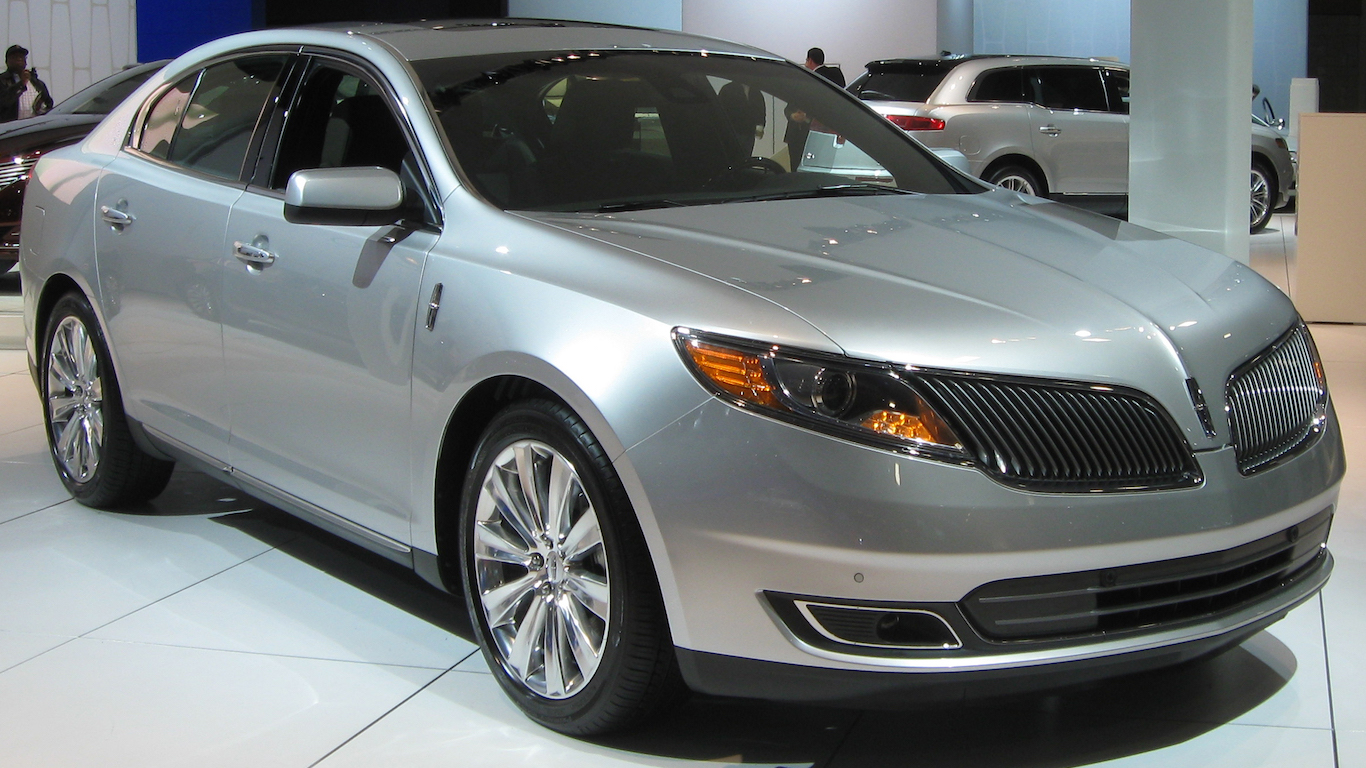
4. Lincoln MKS
> Year introduced: 2009
> 2016 U.S. sales: 4,951
> Sales change 2015-2016: -28.0%
> Parent company: Ford Motor Company
The MKS is the only model Lincoln discontinued in 2016. While not the worst-selling Lincoln model, the MKS was not especially popular — selling fewer than 7,000 units in each of the last two years. The company will reportedly replace the full-size sedan with an updated Continental, which has not been in production since 2002.
Lincoln is Ford Motor Company’s luxury brand. Ford makes the F-150 pickup truck, the best selling vehicle in the U.S. The company’s car sales, on the other hand, are hurting so far in 2017. Ford car sales dropped by 21.2% year-to-date, nearly the steepest drop of any automaker, foreign or domestic.
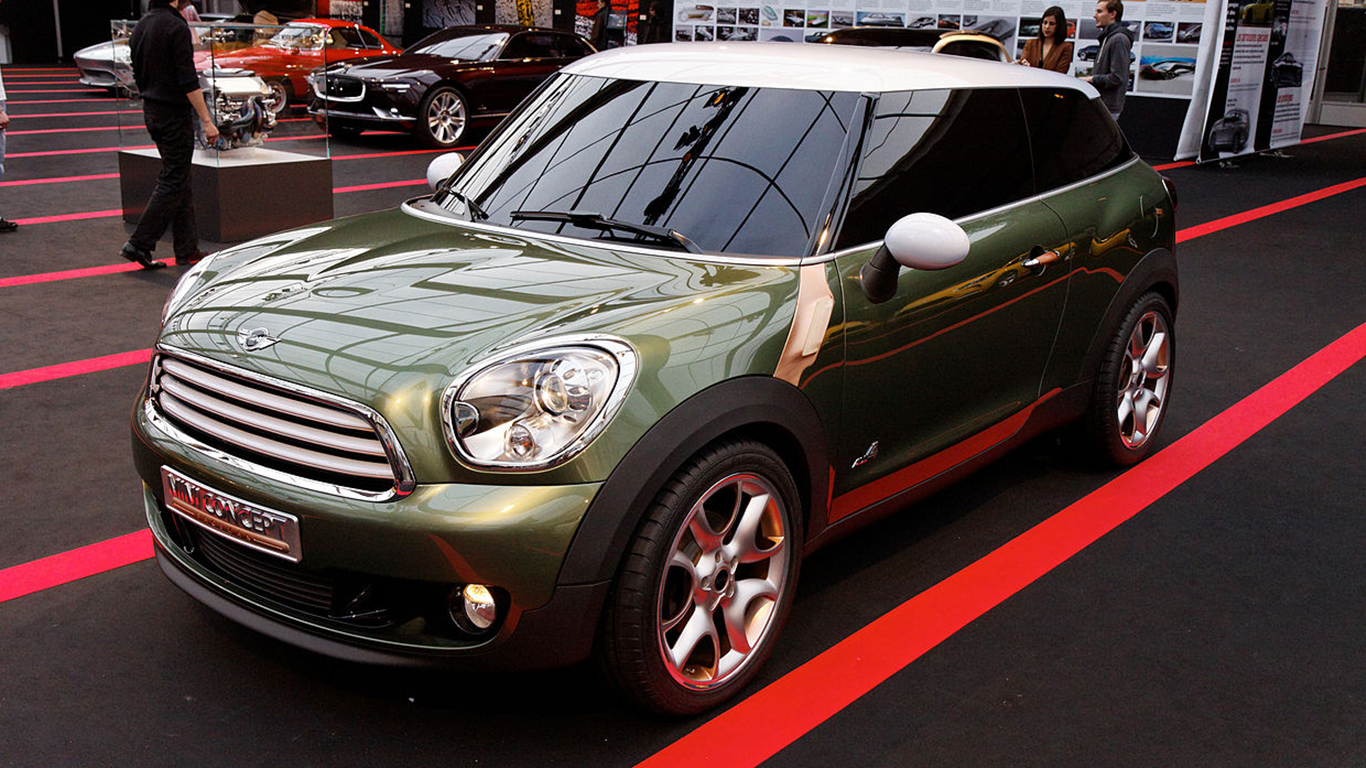
3. MINI Paceman
> Year introduced: 2013
> 2016 U.S. sales: N/A
> Sales change 2015-2016: N/A
> Parent company: BMW Group
Mini is the only British automaker to discontinue production of one of its models in 2016. Demand for the Paceman — a relatively expensive all-wheel drive coupe — did not meet expectations. By discontinuing the Paceman, BMW, Mini’s parent company, will be able to manufacture more of the models that have wider appeal. The plant responsible for manufacturing the Paceman in Graz, Austria will now have greater capacity to build the BMW 5-series, for example.
Introduced in 2013, the Mini Paceman is one of the shortest lived vehicle makes on this list.
[in-text-ad]

2. Scion tC
> Year introduced: 2005
> 2016 U.S. sales: 9,336
> Sales change 2015-2016: -43.3%
> Parent company: Toyota Motor Corporation
The tC is the last model under the now nonexistent Scion brand. Introduced in the 2003 model year, Scion was Japanese automaker Toyota’s attempt to appeal to younger buyers, who were not buying Toyota vehicles. Over Scion’s almost decade and half years of existence, tastes among the young driver demographic have changed, however, and this kind of rebranding is no longer necessary. While the Scion tC will no longer be available to American motorists in 2017, other Scion models, including the iA, the iM, and the FR-S will be rebranded as Toyotas.
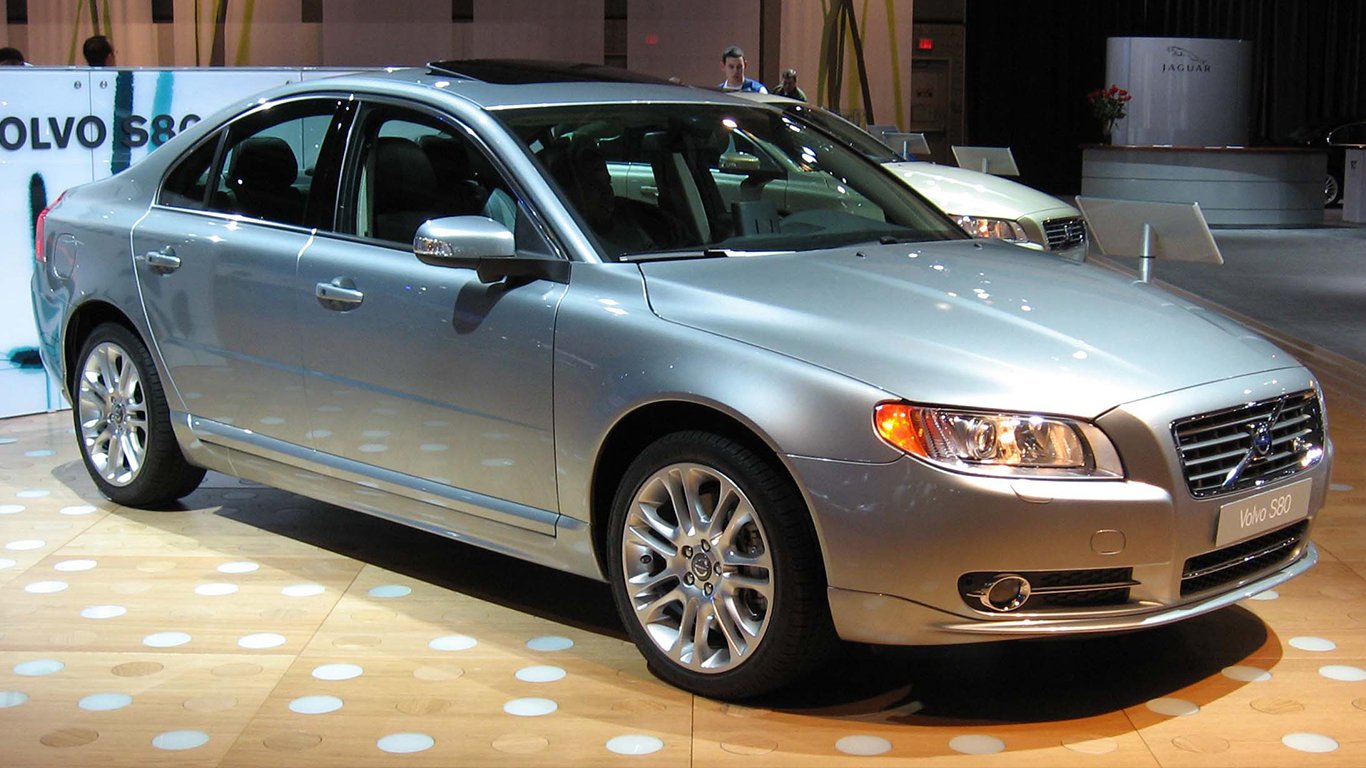
1. Volvo S80
> Year introduced: 1999
> 2016 U.S. sales: 644
> Sales change 2015-2016: -65.9%
> Parent company: Zhejiang Geely Holding
After nearly two decades on the market, Volvo’s S80 luxury sedan will not return for the 2017 model year. The S80, which has not sold more than 2,000 units since 2012, was replaced by the S90, which sold well over 2,000 models in 2016, its debut year.
So far this year, the Swedish automaker’s car sales are improving dramatically. Volvo has sold 45.7% more cars to American drivers this year than it had by the same point in 2016, one of the largest such increases of any carmaker.
Thank you for reading! Have some feedback for us?
Contact the 24/7 Wall St. editorial team.
 24/7 Wall St.
24/7 Wall St.

